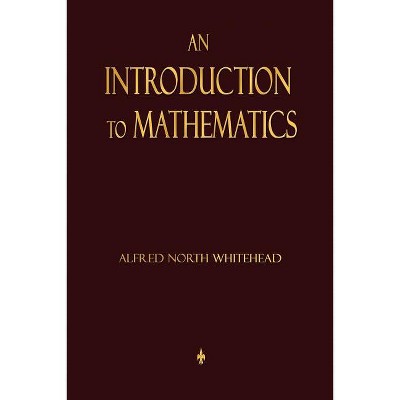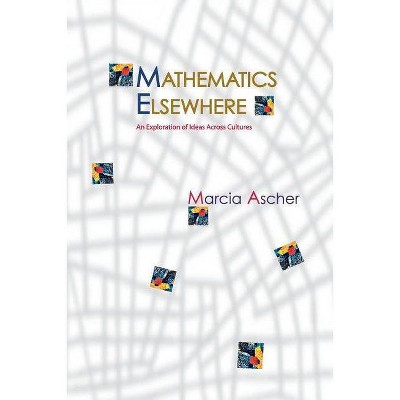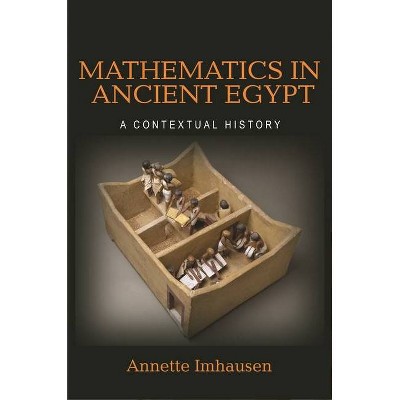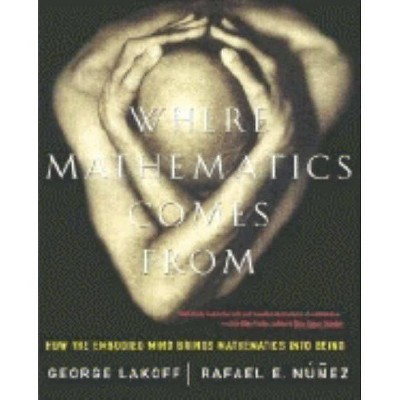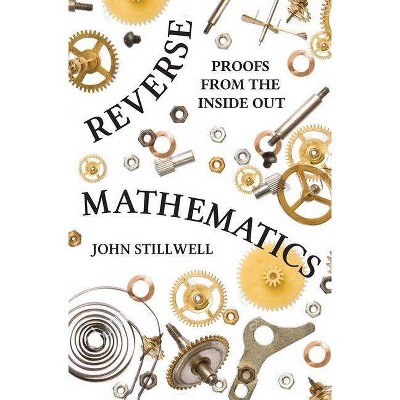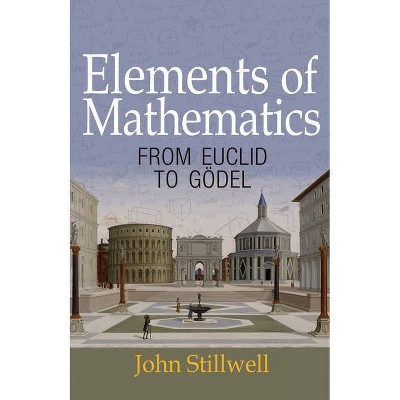Sponsored

Mathematics - by Cassius Jackson Keyser (Paperback)
In Stock
Sponsored
About this item
Highlights
- Mathematics: The New Golden Age offers a glimpse of the extraordinary vistas and bizarre universes opened up by contemporary mathematicians: Hilbert's tenth problem and the four-color theorem, Gaussian integers, chaotic dynamics and the Mandelbrot set, infinite numbers, and strange number systems.
- About the Author: Keith Devlin is the Dean of Science at Saint Mary's College of California and a Senior Researcher at Stanford University's Center for the Study of Language and Information.
- 336 Pages
- Mathematics, History & Philosophy
Description
About the Book
A modern classic by an accomplished mathematician and best-selling author has been updated to encompass and explain the recent headline-making advances in the field in non-technical terms.
Book Synopsis
Mathematics: The New Golden Age offers a glimpse of the extraordinary vistas and bizarre universes opened up by contemporary mathematicians: Hilbert's tenth problem and the four-color theorem, Gaussian integers, chaotic dynamics and the Mandelbrot set, infinite numbers, and strange number systems. Why a "new golden age"? According to Keith Devlin, we are currently witnessing an astronomical amount of mathematical research. Charting the most significant developments that have taken place in mathematics since 1960, Devlin expertly describes these advances for the interested layperson and adroitly summarizes their significance as he leads the reader into the heart of the most interesting mathematical perplexities--from the biggest known prime number to the Shimura-Taniyama conjecture for Fermat's Last Theorem.
Revised and updated to take into account dramatic developments of the 1980s and 1990s, Mathematics: The New Golden Age includes, in addition to Fermat's Last Theorem, major new sections on knots and topology, and the mathematics of the physical universe. Devlin portrays mathematics not as a collection of procedures for solving problems, but as a unified part of human culture, as part of mankind's eternal quest to understand ourselves and the world in which we live. Though a genuine science, mathematics has strong artistic elements as well; this creativity is in evidence here as Devlin shows what mathematicians do--and reveals that it has little to do with numbers and arithmetic. This book brilliantly captures the fascinating new age of mathematics.Review Quotes
A beautiful, rich book.-- "Guardian (of the first ed.)"
Devlin makes the beauty of math apparent, the most esoteric of concepts sing. If more scientists wrote with Devlin's simplicity and feeling, the world would be a much more informed place.-- "Atlanta Journal-Constitution"
Devlin's choice of material is excellent, and he is to be praised for the clarity and accuracy with which he presents it.--Martin Gardner "New York Review of Books (of the first ed.)"
Excellent.... He presents us with a series of colorful personalities and seminal ideas [and] conveys all of the power, beauty and excitement of mathematics.... Well-written, informative.-- "Mathematical Association of America (of the first ed.)"
About the Author
Keith Devlin is the Dean of Science at Saint Mary's College of California and a Senior Researcher at Stanford University's Center for the Study of Language and Information. Since 1983, he has been a regular columnist on mathematics and computing for the Guardian newspaper in England, and he is the mathematics commentator on National Public Radio's popular "Weekend Edition" magazine program. He is a Fellow of the American Association for the Advancement of Science and the author of twenty-three books on mathematics and computing, including Life by Numbers and The Language of Mathematics.Shipping details
Return details
Frequently bought together

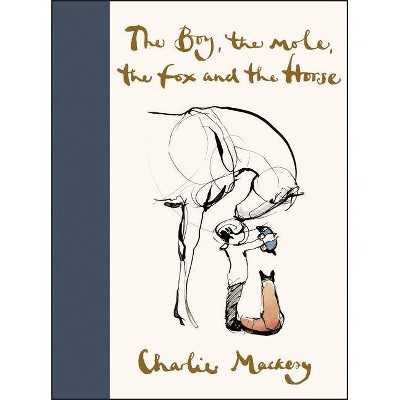

Trending Non-Fiction








